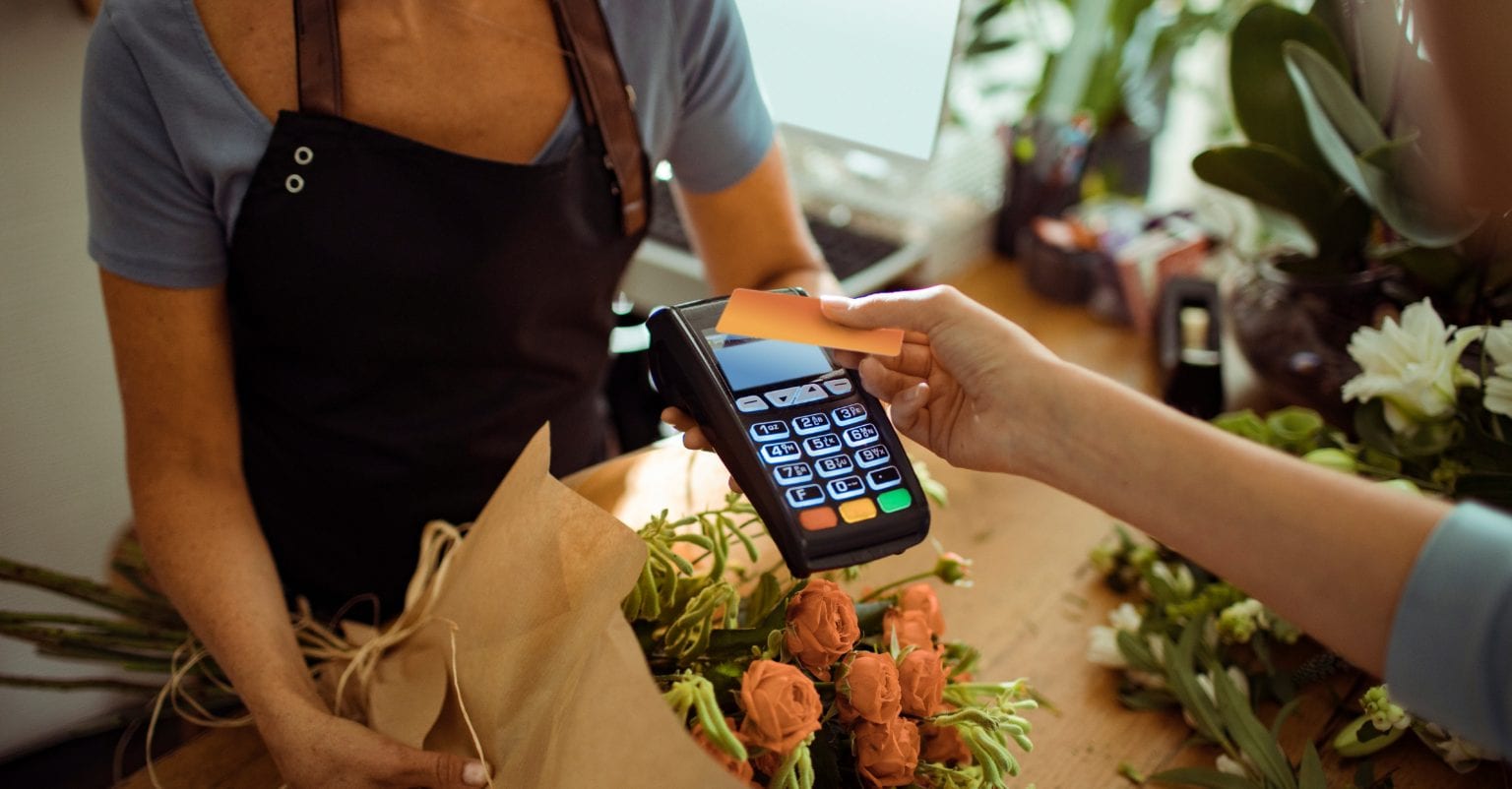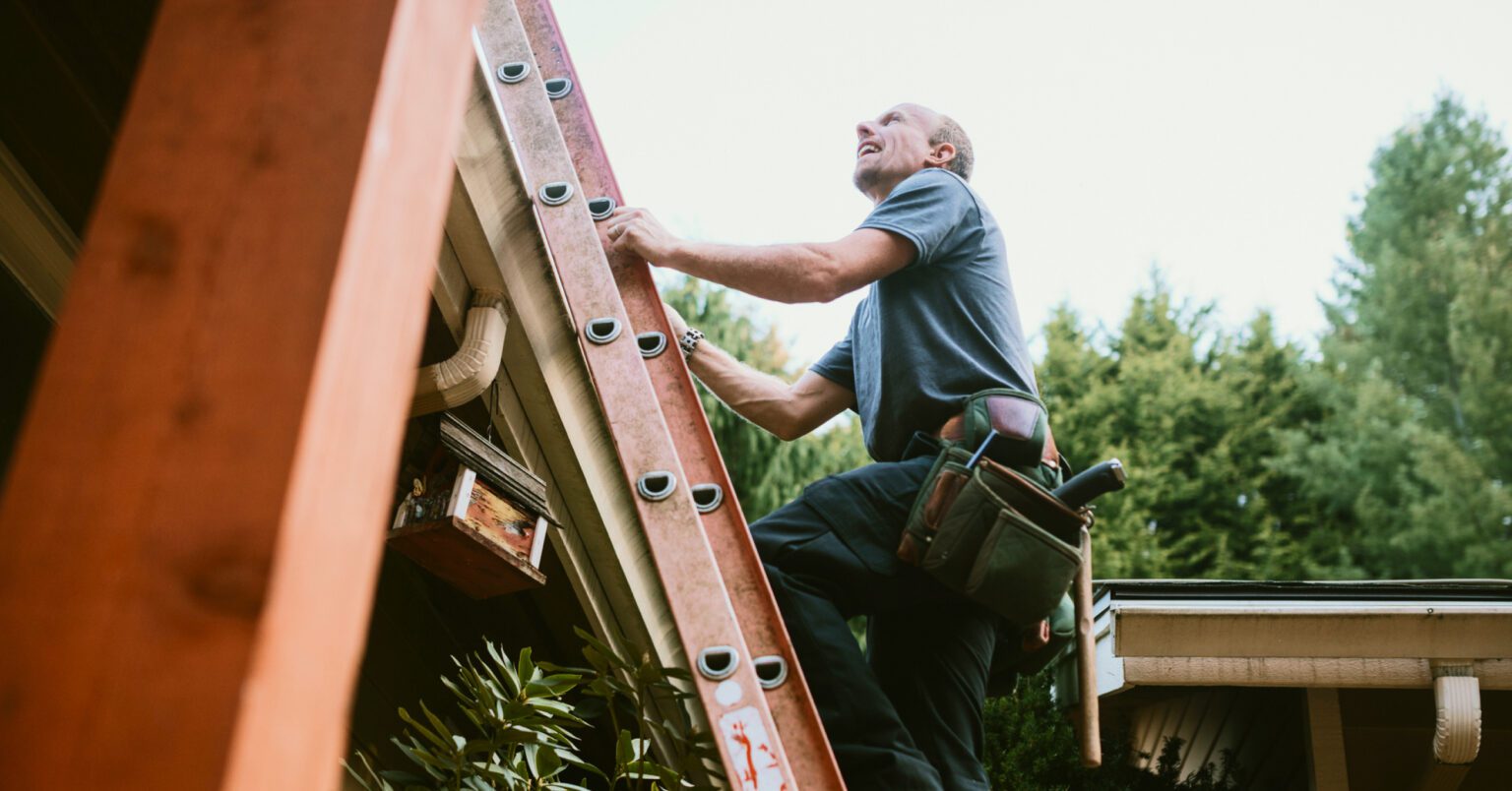Many small businesses were already moving towards cashless setups, the pandemic has just accelerated the trend.
At a glance
Here's a snapshot of the advice from our interviewees:
- Different cashless platforms will cost different amounts. Do your research to determine what suits your business best.
- Think of what else, outside of payments, can be contactless.
- Use it as an opportunity to look at other technology solutions that could improve your business.
- There might be a trade-off between sophistication and flexibility. Figure out how complex your business needs are and choose on this basis.
Customers are ready to go cashless
For a long time, convenience was the reason consumers preferred to tap their card on an EFTPOS machine instead of rummaging through their pockets for loose change. Then, COVID-19 happened and cashless payments were not just a handy option but a matter of public safety.
Between January and June this year, one-third of all businesses adopted an effectively cashless model. This allowed them to be more agile and reduce risks associated with holding onto too much cash. And, at a time where public health is paramount, it’s also a way to keep customers safe by minimising the amount of money changing hands.
However, before you dive into adopting a cashless transaction system yourself, there are a few important things you should consider, according to the experts:
Make it part of a wider digital ecosystem
Simon Le Grand, APAC Director of Product Management and Marketing at Lightspeed, a commerce and ecommerce company, has noticed the rise of cashless systems in recent months.
“Around this time last year, we still had about 40% of transactions coming through our hospitality base as cash. And that was slowly declining month-on-month, but not dramatically. All of a sudden, along came COVID-19. Now that [cash] number is around the 23% mark.”
Some businesses are using the opportunity presented by the changing marketplace to integrate contactless technology into their operations.
Many hospitality businesses, for example, are thinking creatively about how else they can innovate through the use of touchless payment software, Le Grand explains.
“Things like order-ahead and delivery apps, and now even order-and-pay-at-table apps.”
Choose a platform that integrates with other software
Chris Connelly, Global Director of Payments at Vend, a retail management software company, recommends looking at whether the cashless payment provider you choose is compatible with other payment methods, such as buy-now pay-later providers.
Also, he says, explore other services that could be integrated with a cashless payment system, such as promotional tools, for instance, or accounting programs.
“You want to have a [cashless] product that’s a one-stop shop across accounting, ecommerce, loyalty promotions, all of these things,” Connelly says.
“Unfortunately, there’s no one entity that can do all of the above today. So you want to ensure the platform you choose – your central platform, quite often it’s the point of sale – is interoperable with other apps and add-ons.”
Deciding on the right platform for your business, Connelly says, can often involve a trade-off between interoperability and optionality.
“It comes down to your business’s sophistication,” he says. “If you’re a basic user, you’ve got basic workflows and operations, then it becomes a lot easier to build a proposition that covers all those bases.
“If you’ve got more advanced requirements – if you’re an enterprise retailer, for example – and you have custom workflows or operations, or you have to work with a particular ecommerce platform, then [choosing a platform] becomes more of a case-by-case thing.”
He suggests taking the time to ask potential providers about the services or platforms they have connectivity to or, perhaps more importantly, which ones they don’t connect with. This can help you to narrow down your options and choose a provider that aligns with your business’s needs.
Connelly says cashless payments offer a way of changing your entire business operation approach.
“We’ve seen a massive influx of customers stop their procrastination around digitising their business and look for that new-gen solution to… be able to sell across more channels than just in-store,” Connelly says.
“For example, we’re seeing a 500% increase in retail sales taken up online versus pre-COVID [and] six times more sales throughout the time of COVID-19.”
Final things to keep in mind from our interviewees
- Research from software comparison website Capterra showed some consumers prefer paying with cash for small amounts, especially older Australians and low earners. Consider easing into a cashless business by ensuring the system you choose still allows for cash transactions.
- Consider the costs associated with the hardware as they will vary. At the time of publishing, pocket-sized, on-the-go POS systems can potentially cost as little as $60 (usually a one-off payment), however they might lack the sophistication and data insights that more expensive models offer. For bigger, fixed terminals you can be looking at higher costs such as anywhere between $300-$400 per year, as some providers charge monthly fees instead of offering lump sum payments.
- You should also be aware of any potential joining/cancellation fees or fees charged for exceeding a specific turnover in revenue.








